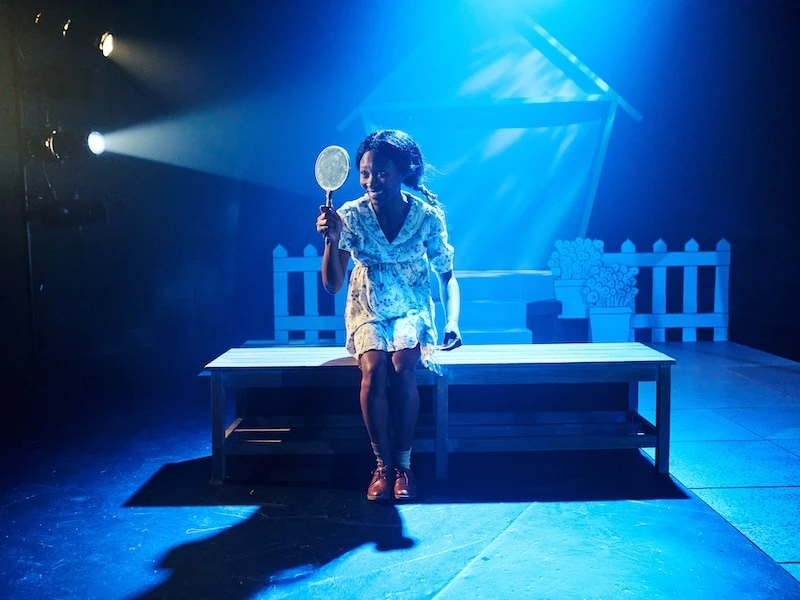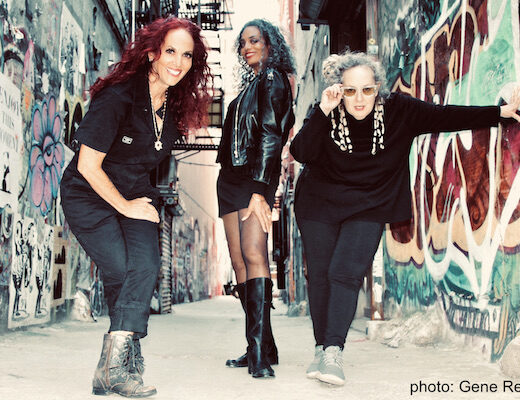By Whit Davis
This article was originally published in DC Theater Arts here.
Since the passing of Toni Morrison in 2019, newer and younger audiences are gravitating toward her brilliant, canonical works. A world without Toni Morrison’s physical presence has caused all of us to reach for her through books, YouTube clips, documentaries, TikToks, and plays. The theatrical adaption of The Bluest Eye by Lydia R. Diamond is a remarkable jewel, and the local performance by Theater Alliance in Anacostia honors a giant.
The Bluest Eye is a story about a Black girl named Pecola Breedlove who prays for blue eyes so that she’ll be treated with a femininity only available to little white girls. Instead, she experiences abuse from those who should protect her, and she feels and believes that her “ugliness,” which is her Blackness, keeps her trapped in these horrifying experiences. This play is a true testament to the cruelty of anti-Blackness.
The Bluest Eye is worthwhile viewing. From the set design (by Tiffani I. Sydnor) to the costume design (by Danielle Preston), the audience gets a glimpse into what it looked like to grow up in the 1940s. The set reinforces the hardships of that era and the beauty of making the most out of what you have. The costume design reminds you of how much gendered ideas are a part of clothing. The expectation of the female characters is to be feminine and dainty, and yet they “should know better” when it comes to life lessons.
It can be tricky for adults to play children because not only are the actors expected to look younger in character, but they must also tap into their youthfulness — and this cast succeeds. Amiah Marshall captures the nature and pain of Pecola. Devin Nikki Thomas plays brilliantly Maureen Peal, the light-skinned classmate Pecola connects with — but only briefly because she turns out to be a mean girl. Thomas also transitions to playing a neighboring gossiping adult and is believable as both characters. Finally, Melanie A. Lawrence plays the narrating voice of the story, Claudia, a character both strengthened and shattered by everyone’s desire for whiteness as beauty.
The cast works well together, possessing the chemistry needed for a play with deep complexities of themes like anti-Blackness, colorism, poverty, abuse, and friendship. The actors seem close to the story and yet possess enough distance not to be swallowed by its power. Morrison’s works tend to have that effect.
The play is not without fault. It’s an adaptation turned into an interpretation by the director, Otis Cortez Ramsey-Zöe. Some scenes with mature content where abuse occurs feel more like scenes from The Three Stooges. Yet the trauma Pecola is experiencing remains concretely humorless due to the profound storytelling ability of Morrison.
The legacy of Toni Morrison stands tried and true. Her absence drives a longing for us all to become more deeply acquainted with her works, especially as she continues to be on the list of banned books. The Bluest Eye has solidified itself as a classic, and the stage adaptation reinforces its ability to be timeless no matter the form. It’s hard to do wrong with a work of art so close to perfection.





No Comments